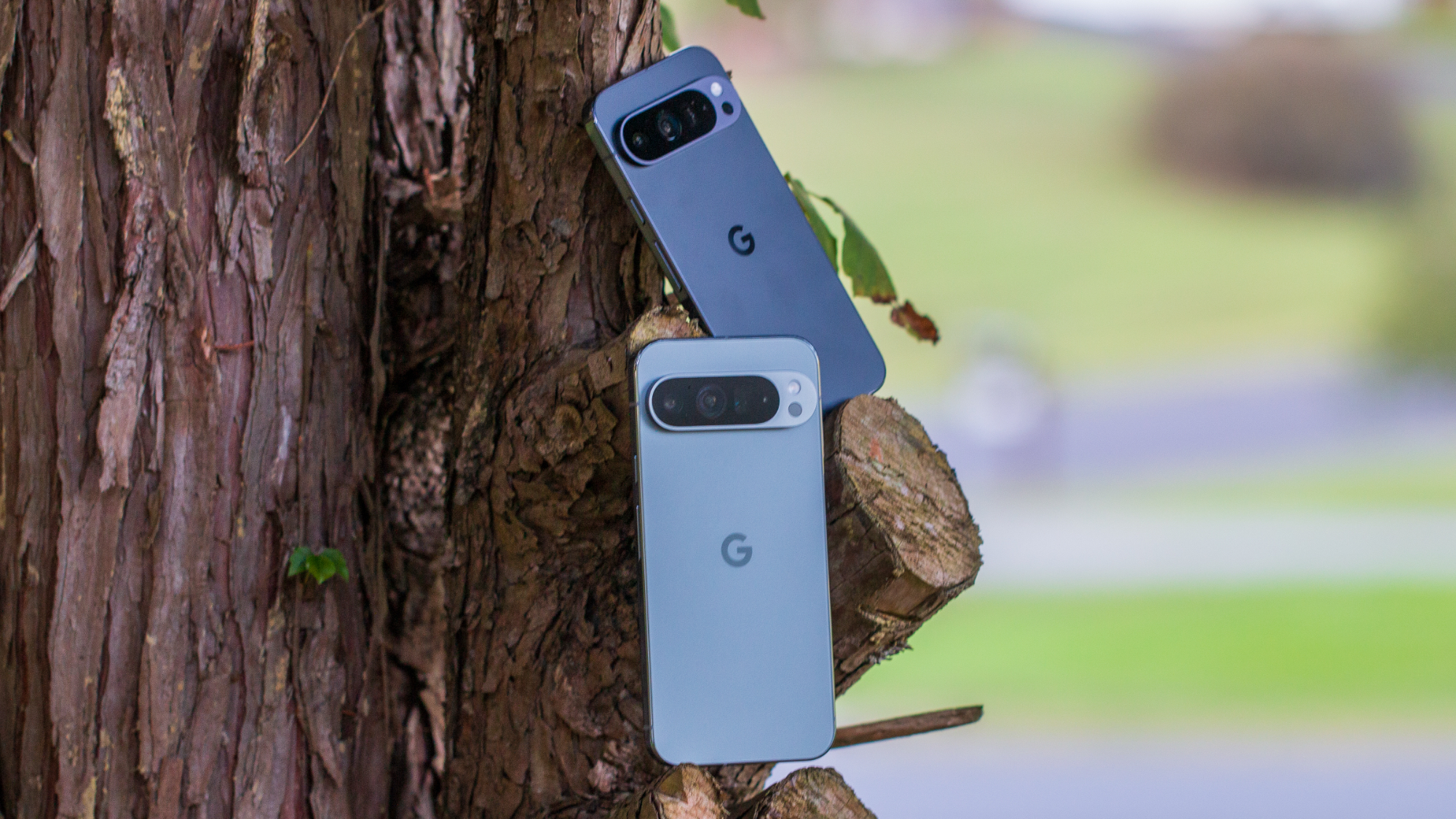Google has got the Pixel 9's baseband wrapped in steel and concrete
The Pixel 9 packs Google’s toughest baseband yet to knock out modem vulnerabilities.

What you need to know
- The Pixel 9 ups the ante with serious advancements in baseband security, building on years of solid protection.
- Exploiting baseband firmware flaws could let attackers break in, gain control, and even install hidden backdoors, putting user data in danger.
- Google’s tech updates, like the upgraded Bound Sanitizer and integer overflow sanitizer, help block harmful code and ensure accurate calculations.
Google breaks down how it keeps the Pixel 9's baseband security locked tight, basically claiming that it's now a fortress against modem vulnerabilities.
For years, Pixel devices have been equipped with solid baseband security. The Pixel 9 takes it up a notch, showcasing some serious advancements in baseband protection, as noted in Google's blog post.
The baseband is a weak spot for malicious attacks, so it’s been a major focus for Google’s security team.
Google points out that exploiting flaws in the baseband firmware could let attackers break into device security, gain higher privileges, run arbitrary code, and install hidden backdoors, putting user data at risk.
With the Pixel 9, the company's security team has hit a turning point, completely revamping the baseband architecture.
Google mentioned cases where attackers use cloned base stations to send manipulated network packets that can be executed from different locations. These attacks are a big threat to smartphone security, especially since the baseband is more vulnerable within the device's attack surface.
However, users often overlook the complex software that powers smartphones, Google pointed out, making baseband security a top priority that shouldn't come at the cost of performance.
Get the latest news from Android Central, your trusted companion in the world of Android
While Google's updates might sound too technical, they're all aimed at keeping users safe from all sorts of nasty attacks. One key improvement is the upgraded Bound Sanitizer, which blocks unauthorized code from accessing the phone's memory, making it much harder for attackers to run harmful code.
Plus, Google has also improved the integer overflow sanitizer to ensure numbers are read correctly, stopping attackers from messing with the phone's internal calculations.
The search giant has beefed up security even more by adding stack canaries—kind of like digital tripwires that catch malicious code trying to sneak in. This tweak helps keep things on track by restricting code to specific paths, making it way harder for hackers to mess with how info flows inside the device.
Lastly, Google has upgraded Auto-initialized stack variables, allowing the device to make better use of all available memory. This change lowers the risk of hackers exploiting leftover data to leak sensitive information.
Even if the tech lingo sounds complicated, the gist of Google's updates is a big step up in baseband security for the Pixel 9, cementing its status as being among the leading Android smartphones on the market.

The Pixel 9 comes with a higher price tag than its predecessor, but it brings some awesome upgrades, like a sleek new design, improved AI features, a bigger battery, an upgraded ultrawide camera, and stronger baseband security.

Jay Bonggolto always keeps a nose for news. He has been writing about consumer tech and apps for as long as he can remember, and he has used a variety of Android phones since falling in love with Jelly Bean. Send him a direct message via X or LinkedIn.
You must confirm your public display name before commenting
Please logout and then login again, you will then be prompted to enter your display name.
